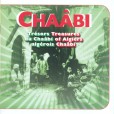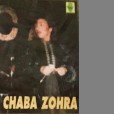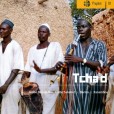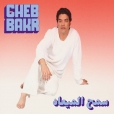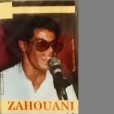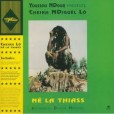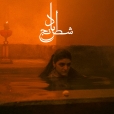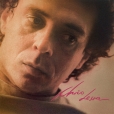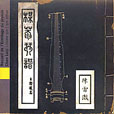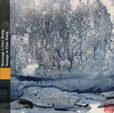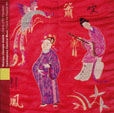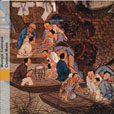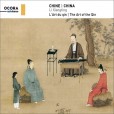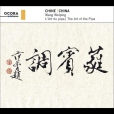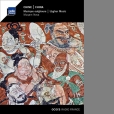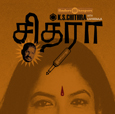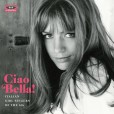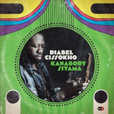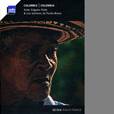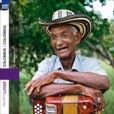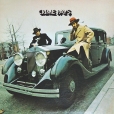Your basket is empty

Vintage rai.
‘Megarbane finds a sonic through-line in his surrounding soundscapes as he draws on the chaotic energy of the crowded Beirut metropolis (Souk El Ahah), the warm atmosphere of the Lebanese countryside (Chez Mounir), or the lushness of a Mediterranean beach resort (Portemilio). In many ways, Marzipan is a cartographic feat — it travels and traces a journey across many dimensions, both sonic and physical. Megarbane’s instrumental catalogue is suitably wide-ranging: toy glockenspiel, harpsichord, pedal steel, a classic Wurlitzer et al are used liberally on the record. Free-ranging influences — beloved artists like Ahmed Malek and Issam Hajali, West African funk, European soundtracks — result in a record of somewhat unparalleled expansiveness. Floating melodies and frantic rhythmic interludes nestle together with psychedelia — fuzz-drenched guitar, sliding microtonal interludes, hypnotic rhythmic breakdowns. The resultant sound is as sprawling as the musician’s instrumental dexterity. The closer Bala 3anouan can be translated loosely to ‘without address’ — a fitting final word.’
Vintage rai.
Vintage rai.
Masterful playing of the qin zither, in China considered the most noble of instruments, as if tracing the shapes and meanings of silence.
Playing the xun, an ancient ocarina, the xiao, a vertical flute, and the qin zither, half the time with ‘amateur’ ensemble or zheng zither accompaniment. A last exponent in 1996, haunting and poised… dead now.
Traditional and popular pieces for drums, xiao and dizi flutes, banhu fiddle, sheng mouth organ, yangkin hammered zither, pipa lute, and xun ocarina (an instrument at least 7,000 years old).
Delicate, quietly profound 1959-60 chamber recordings of old masters, on a dozen instruments, notably the guqin zither, the pipa lute and the xiao flute.
Irresistible kora-led Manding melodies, surging and hypnotic; original songs rooted in the musical traditions of Senegal and Mali.
Gaitas music, for flutes and alegre, llamador and tambora drums.
Festive folk music from the country’s Caribbean region, with four basic forms — the son, paseo, merengue and puya — played with three traditional instruments: the caja vallenata drum, wooden guacharaca scraper, and three-line, German-style button accordion. Here are some of its most celebrated performers, including Francisco ‘Pacho’ Rada, Nicolas ‘Colacho’ Mendoza and Victor Camarillo.
Nine killer selections from his first four LPs, stuffed with smash hits. Proper salsa; loads of trombone. Featuring the brilliant, legendary singer Hector Lavoe.
‘Crime Pays’ is Colon being ironic about the successful marketing of his archly bad-boy persona during this period.
Yeli singing, from northern Congo. Meandering, polyphonic counterpoint, with a sophisticated interlacing of sounds and motifs, and complex yodelling techniques.
‘When something grave occurs, when someone fall sick, when the hunt is bad, or when death strikes, it must be that the forest herself is asleep and unable to watch over her children… We have to wake her up. And we do this with singing…’
